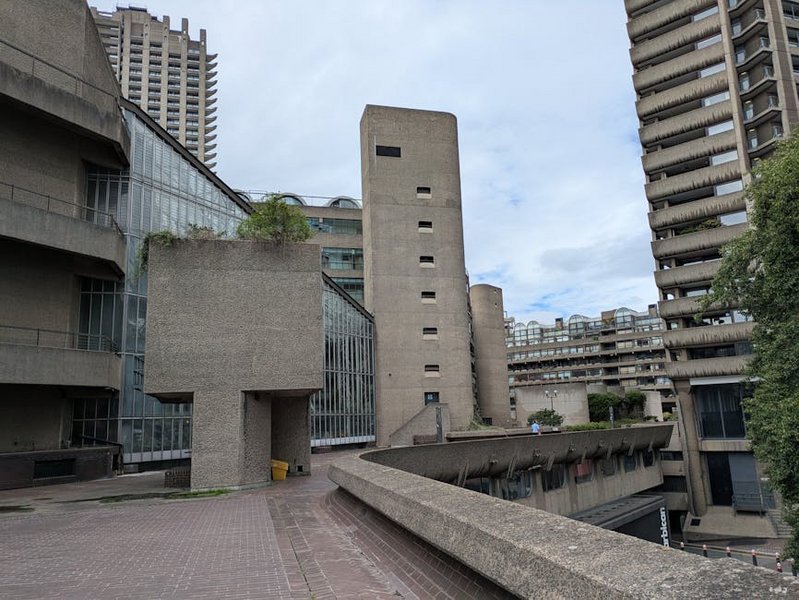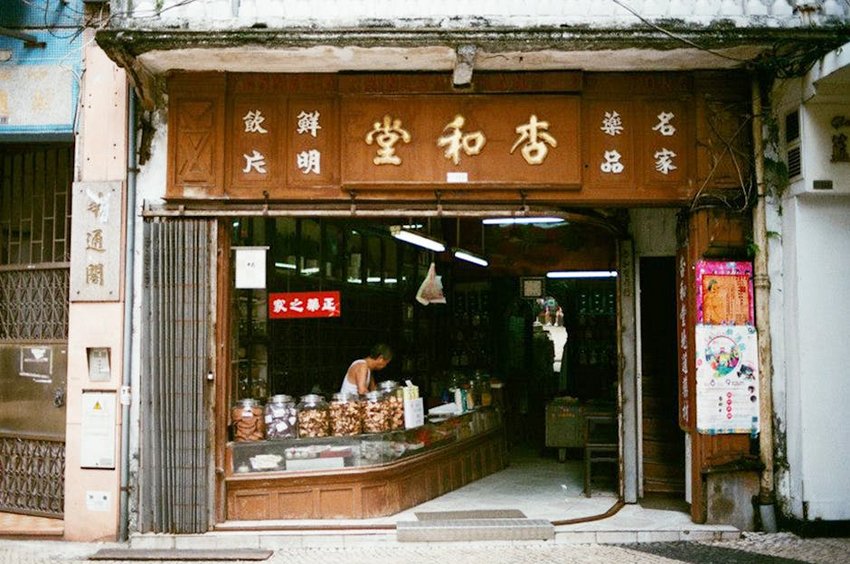Macau Historic Centre: Your Ultimate Guide to the UNESCO World Heritage Gem
Stepping into the Macau Historic Centre feels like opening a living history book where East meets West in the most spectacular fashion. This UNESCO World Heritage Site, recognized in 2005, encompasses over twenty monuments and urban squares that tell the fascinating story of Portuguese and Chinese cultural exchange spanning more than four centuries. As you wander through its cobblestone streets, you’ll encounter stunning baroque churches standing beside traditional Chinese temples, colonial architecture blending with southern Chinese design, and a culinary scene that’s as diverse as its history. The Macau Historic Centre isn’t just a collection of old buildings—it’s a vibrant, living neighborhood where history continues to unfold daily through its markets, festivals, and the daily lives of its residents. Whether you’re a history buff, architecture enthusiast, or simply someone who appreciates unique cultural experiences, this remarkable destination offers an unforgettable journey through time and tradition.
Macau Historic Centre Essential Information – What Every Traveler Should Know
Before exploring the Macau Historic Centre, understanding its historical significance and practical visiting information will greatly enhance your experience. This heritage site covers approximately 16 square hectares in the heart of Macau Peninsula, featuring a carefully preserved urban fabric that represents the oldest, most complete Western architectural legacy standing on Chinese soil. The preservation efforts here are exceptional, with buildings maintained in their original forms while still serving functional purposes in the community. You’ll notice that many structures incorporate both European and Chinese architectural elements, creating a unique fusion style that exists nowhere else in the world. The best part? Most of the monuments and squares are free to visit, though some specific attractions like museums may charge a small entrance fee. The area is generally open to visitors from morning until evening, with specific hours varying by attraction.
Historical Significance and UNESCO Recognition
- The site represents the first and longest-lasting encounter between China and the Western world, dating back to the mid-16th century when Portuguese traders established a settlement here.
- UNESCO recognized the area in 2005 for its outstanding testimony to the exchange of cultural, architectural, and technological influences between East and West.
- The preservation includes not just individual monuments but the entire urban fabric, including street patterns, public spaces, and traditional Chinese shophouses alongside European-style buildings.
- Budget Traveler ($30-50 USD/day): Focus on free attractions, walk between sites, enjoy street food and local cafes ($5-10/meal), use public transportation ($1-2/ride), and skip paid museum entries.
- Mid-Range Traveler ($80-120 USD/day): Include several museum entries ($5-10 each), join a guided walking tour ($20-30), enjoy nice restaurant meals ($15-25/meal), and use taxis for convenience ($5-10/ride).
- Luxury Experience ($200+ USD/day): Private guided tours ($100-150), fine dining experiences ($50-100/meal), luxury hotel stays near the historic center ($150-300/night), and perhaps a cultural performance or special event tickets.
- Macao Government Tourism Office – Official UNESCO World Heritage Information
- UNESCO World Heritage Centre – Historic Centre of Macao Listing
Visitor Practicalities and Access Information
Navigating the Macau Historic Centre is relatively straightforward, though having some practical knowledge will make your visit more enjoyable. The area is primarily pedestrian-friendly, with many streets closed to vehicle traffic or having limited access. You’ll find information centers near major entry points offering maps in multiple languages, and most signage includes English translations. While the main squares and exterior viewing are free, some interior spaces like museums charge admission fees typically ranging from $2-8 USD. The site is accessible year-round, though early mornings and weekdays see fewer crowds. Comfortable walking shoes are essential as you’ll be covering significant ground on cobblestone streets that can be uneven in places. Most visitors spend at least half a day exploring, though history enthusiasts might want to allocate a full day to appreciate everything properly.

Macau Historic Centre Planning Your Trip – Timing, Budget, and Preparation
Planning your visit to the Macau Historic Centre requires consideration of seasonal weather patterns, budget allocation, and necessary preparations to ensure a smooth experience. Macau’s subtropical climate means hot, humid summers and mild, drier winters, significantly impacting your comfort while exploring the outdoor-heavy heritage site. The autumn months (October-December) offer the most pleasant conditions with comfortable temperatures and lower humidity, while spring can be rainy but beautifully green. Budget-wise, the good news is that appreciating the architecture and public squares costs nothing, though you’ll want to allocate funds for museum entries, transportation, meals, and perhaps a guided tour for deeper historical context. Preparation should include checking visa requirements (though most Western passport holders enjoy visa-free entry), arranging appropriate travel insurance, and downloading offline maps since the narrow streets can sometimes challenge GPS signals.
Best Time to Visit Macau Historic Centre
The optimal time to explore the Macau Historic Centre is undoubtedly between October and early December, when temperatures range from a pleasant 18-25°C (64-77°F) with low humidity and minimal rainfall. These conditions are perfect for spending hours walking outdoors without discomfort. Spring (March-May) can also be enjoyable though you might encounter more rain, while summer (June-September) brings intense heat, high humidity, and the possibility of typhoons that could disrupt your plans. Winter months are mild but can be surprisingly chilly when the wind blows, especially near the waterfront areas. Avoid Chinese public holidays like Golden Week in October and Chinese New Year (January/February) when domestic tourism surges dramatically, creating crowded conditions that detract from the historical atmosphere.
Budget Planning and Costs for Macau Historic Centre
Essential Preparation Checklist
Proper preparation will significantly enhance your Macau Historic Centre experience. First, ensure your passport has at least six months validity remaining and check visa requirements—most Western nationalities receive visa-free entry for 30-90 days. Book accommodation in advance, especially if visiting during peak seasons, considering hotels in the Macau Peninsula for easy access to the historic center. Download offline maps and translation apps since while English is common in tourist areas, you might encounter language barriers in smaller shops. Pack comfortable walking shoes with good support for cobblestone streets, light layers for temperature changes, and rain protection if visiting during spring. Exchange some Macanese Pataca (MOP) or ensure your credit cards work internationally, though most places accept Hong Kong dollars too. Finally, research current COVID-19 requirements if applicable during your travel period.
Macau Historic Centre Top Attractions and Activities – Must-See Highlights
Exploring the Macau Historic Centre reveals a magnificent collection of architectural treasures and cultural sites that showcase the unique Sino-Portuguese heritage. The area is conveniently clustered, allowing you to explore most highlights on foot within a compact area. Begin your journey at the iconic Ruins of St. Paul’s, the most famous landmark featuring the magnificent stone facade of what was once the greatest Catholic church in Asia. From there, descend the stairs to explore the narrow streets leading to various squares like Senado Square, the urban heart of Macau with its wave-patterned cobblestones and beautiful pastel-colored neo-classical buildings. Don’t miss the opportunity to visit the ancient Chinese temples nestled between European structures, particularly the A-Ma Temple which predates the Portuguese arrival and gives Macau its name. The beauty of this historic center lies in how these diverse elements coexist harmoniously, creating a cultural tapestry unlike anywhere else.
Must-See Highlights and Iconic Landmarks
Your Macau Historic Centre exploration should prioritize several unmissable landmarks that define this UNESCO site. The Ruins of St. Paul’s stands as the symbolic heart, where only the magnificent granite facade remains of what was once the largest Catholic church in Asia—climb to the backside viewing platform for spectacular perspectives. Senado Square serves as the main public space, surrounded by beautiful pastel-colored neo-classical buildings housing shops, cafes, and the beautiful Holy House of Mercy. The Monte Fort offers not only historical significance as a colonial defensive structure but also panoramic views across Macau Peninsula. Don’t overlook the Dom Pedro V Theatre, the first Western-style theatre in China still operating today, or the Moorish Barracks with their distinctive architectural style. Each site tells a different chapter of Macau’s fascinating history of cultural exchange.
Hidden Gems and Local Favorites
Beyond the famous landmarks, the Macau Historic Centre conceals numerous lesser-known treasures that offer authentic local experiences. Explore the narrow alleyways around St. Augustine’s Square where you’ll find traditional Chinese shops selling everything from herbs to antiques alongside Portuguese bakeries. The Lou Kau Mansion, a beautiful traditional Chinese residential compound, offers insight into the lives of wealthy Macanese families during the colonial era. For a peaceful escape, visit the Camoes Garden and Grotto, named after the Portuguese poet, where locals practice tai chi in the mornings. Discover the Sam Kai Vui Kun Temple, a small but significant temple that served as a meeting place for Chinese merchants, representing the commercial history of the area. These off-the-beaten-path spots provide a more intimate understanding of daily life within this living historic center.
Macau Historic Centre Practical Travel Information – Transportation, Accommodation, and Navigation
Navigating the Macau Historic Centre and its surroundings requires understanding the territory’s compact but layered urban environment. The heritage site itself is pedestrian-focused, with many streets closed to vehicles or having limited access, making walking the primary mode of exploration. For reaching the area, Macau’s efficient public bus system serves the peninsula well, with fares around $1-2 USD per ride—buses 3, 3X, 10, and 10A stop near major entry points. Taxis are relatively affordable for shorter distances ($5-10 USD within the peninsula) though language barriers can sometimes complicate precise destination communication. If arriving from Hong Kong, the ferry terminal is just a 10-15 minute taxi ride from the historic center. Accommodation options range from luxury hotels within walking distance to more budget-friendly choices slightly farther out but still easily accessible by public transport.
| Category | Options/Features | Price Range (USD) |
|---|---|---|
| Luxury Hotels | 5-star properties with heritage themes, swimming pools, fine dining, located within walking distance | $150-400/night |
| Mid-Range Hotels | Comfortable 3-4 star hotels, good amenities, 5-15 minute walk to historic center | $80-150/night |
| Budget Accommodation | Guesthouses and hostels, basic facilities, 15-20 minute bus ride to site | $40-80/night |
| Transportation | Buses, taxis, walking; ferry from Hong Kong ($30-50 USD each way) | $2-50/day |


